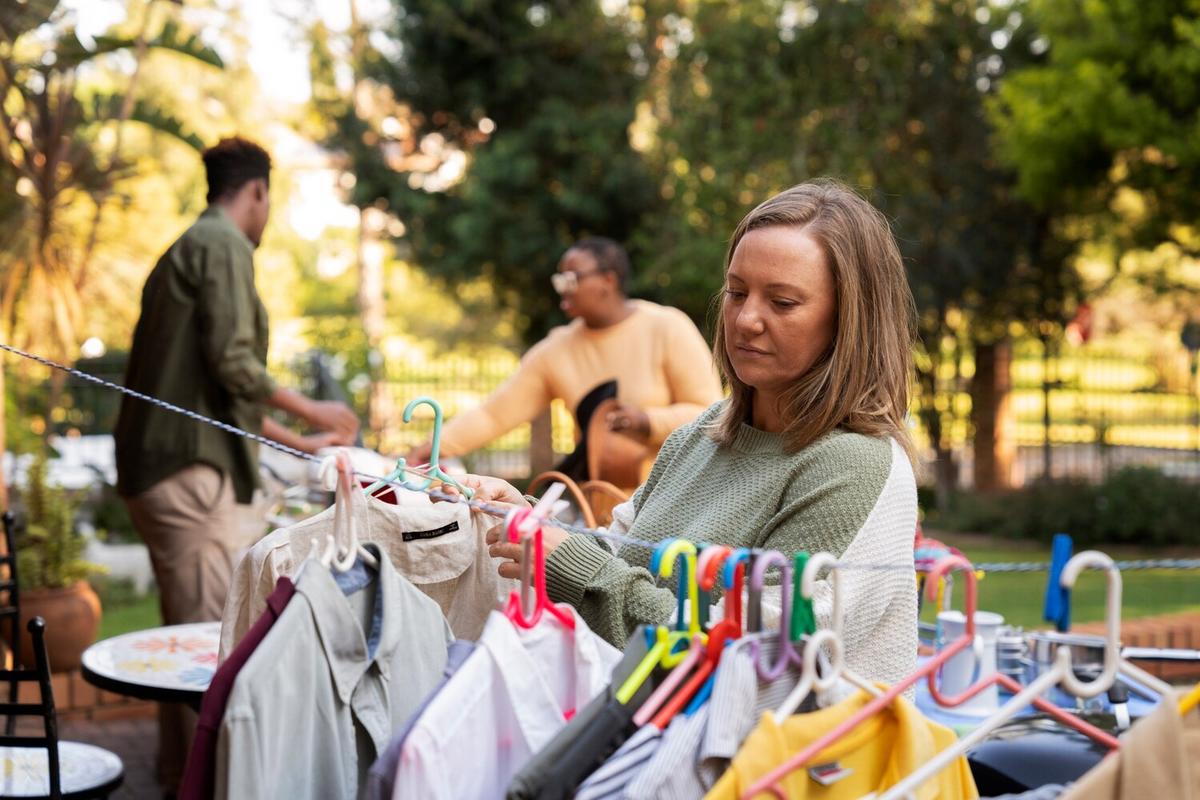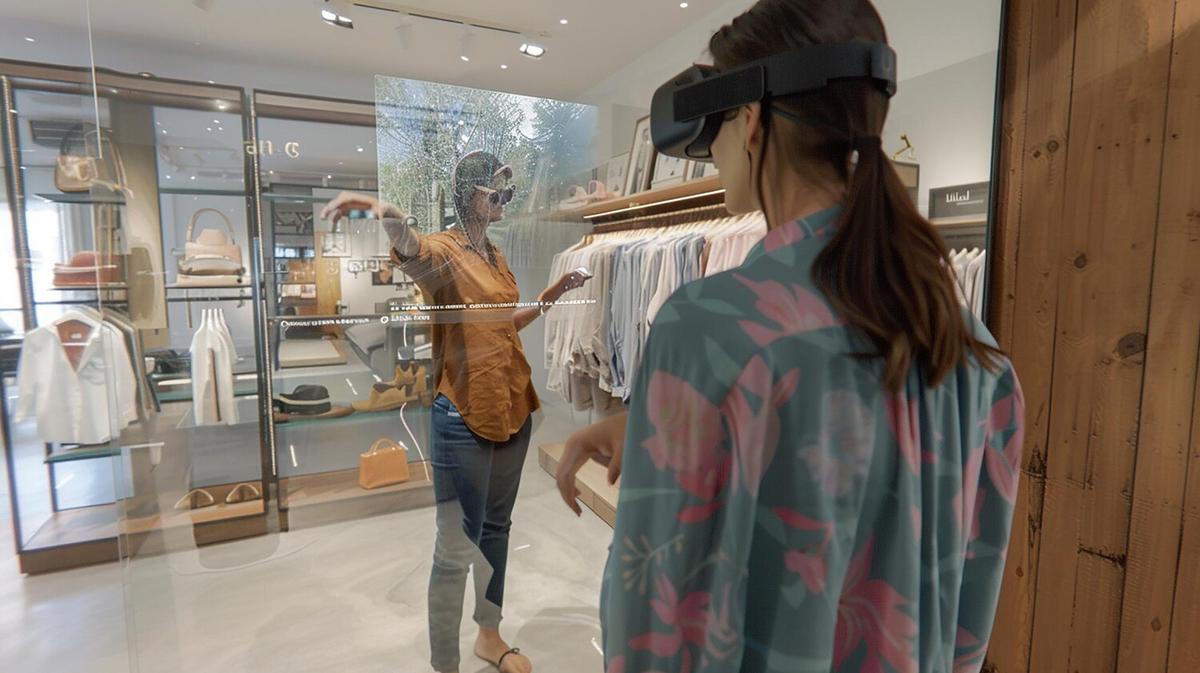
Why Vintage and Second-Hand Clothing is Chic Again
In an era where sustainability is more than a trend but a necessity, vintage and second-hand clothing have emerged as an elegant statement in the fashion world. This resurgence is not just about nostalgia; it is a movement towards more thoughtful consumption and individuality.
Vintage and second-hand clothing are making waves in the fashion industry for their unique charm and sustainable appeal. As more people become conscious of the environmental impact of fast fashion, they are turning to these options to make a difference. But why exactly are these pre-loved garments so chic again?
The Appeal of Vintage and Second-Hand Clothing
One of the main attractions of vintage clothing is its exclusivity. Unlike mass-produced items, vintage pieces often carry a history and uniqueness that can’t be replicated. According to fashion historian Valerie Steele, “Vintage clothing is not just about the clothes but the story they tell.” This sentiment resonates with many who wish to express their individuality through fashion.
Environmental Benefits
The environmental impact of the fashion industry is significant, with textile production contributing to pollution and waste. A study by the Ellen MacArthur Foundation found that the equivalent of one garbage truck full of clothes is burned or dumped in a landfill every second. By choosing vintage or second-hand, you help reduce this waste and lower the demand for new clothing production.
Anecdotes and Experiences
Take, for example, Emily, a fashion enthusiast who decided to revamp her wardrobe with second-hand finds. She describes the thrill of discovering a vintage leather jacket that not only fit her perfectly but also sparked conversations everywhere she went. “It feels like wearing a part of history,” she says.
Actionable Tips for Shopping Vintage
- Start by exploring local thrift stores or online marketplaces dedicated to vintage fashion.
- Look for quality fabrics and timeless designs that transcend current trends.
- Don’t shy away from tailoring; a little adjustment can make a vintage piece feel custom-made.
Comparing New vs. Vintage
| Aspect | New Clothing | Vintage Clothing |
|---|---|---|
| Environmental Impact | High | Low |
| Uniqueness | Standard | Unique |
| Cost | Varies | Often Lower |
| Durability | Depends on quality | Often higher |
| Support for Local Economy | Varies | High |
| Storytelling Value | Low | High |
| Customization Potential | Limited | High |
| Trend Resilience | Medium | High |
Frequently Asked Questions
Why is vintage clothing more sustainable?
Vintage clothing is sustainable because it reduces the need for new production, which in turn decreases environmental impact.
How can I ensure the quality of second-hand clothing?
Inspect garments for any signs of wear and ensure that seams and fabrics are intact. Consider visiting reputable vintage stores known for quality curation.
Conclusion
The allure of vintage and second-hand clothing lies not only in its sustainable nature but also in the stories and individuality each piece carries. As you explore this world of fashion, you’ll find that these garments offer more than just style—they offer a chance to make a meaningful impact. So, open your closet to the past and wear your values with pride.


